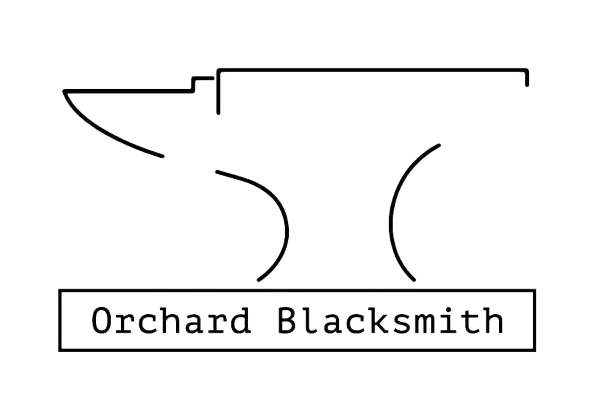Mastering Fullers, Chisels, and Drifts in Blacksmithing
When you step beyond the basics of hammering and drawing out steel, you’ll quickly discover the importance of specialized tools that give your work shape, precision, and detail. Among the most versatile are fullers, chisels, and drifts. Each has a unique role at the anvil, and learning how to use them effectively can elevate your craftsmanship from simple projects to refined, professional-quality work.
What Are They?
Fullers
Fullers are tools with a rounded edge used to spread and move metal without thinning it too much. They create grooves, shoulders, and decorative lines. Fullers can be handheld, struck, or mounted in a hardy hole.
Chisels
Chisels are sharp-edged tools for cutting or splitting hot metal. They come in hot chisels (softer steel, designed for red-hot stock) and cold chisels (harder steel, used at room temperature).
Drifts
Drifts are tapered tools used to shape and size holes. Unlike a punch, which removes material, a drift enlarges and refines the hole, leaving smooth, consistent results.
When to Use Them
Fullers:
Creating decorative lines or grooves
Isolating material for drawing out tines, hooks, or blades
Forming shoulders for transitions between thick and thin sections
Chisels:
Cutting stock to length
Splitting bar stock for forked shapes or tongs
Making controlled cuts for decorative patterns
Drifts:
Enlarging holes punched through metal
Refining holes for tools like hammers or axes
Shaping openings into non-round forms (square, oval, or rectangular)
Tips for Using Each Tool Effectively
Fullers
Always strike fullers with controlled, even blows to avoid uneven grooves.
Work the fuller across the stock in small steps rather than forcing deep lines in one strike.
Keep the steel at a bright orange heat — too cold, and you risk cracking.
Chisels
Use hot chisels only on heated stock — they’ll dull quickly if used on cold steel.
Keep your chisels sharp and dress the edges regularly on a grinder.
Cut from both sides if working with thick stock to avoid mushrooming or tearing.
Drifts
Start with a punch to pierce the metal, then drive the drift through while the stock is at forging heat.
Rotate the drift as you drive it to maintain an even hole.
Quench the drift frequently to prevent it from overheating and sticking in the workpiece.
Safety Considerations
Always wear eye protection — chips or sparks can fly.
Keep your tools properly dressed and free of cracks.
Use tongs or clamps to hold hot work securely while drifting or chiseling.
Avoid striking hardened tools directly with another hardened tool — use a soft-faced hammer or a struck tool design.
Bringing It All Together
Fullers, chisels, and drifts are more than just accessories — they are extensions of your hammer and anvil. By learning to use them effectively, you’ll gain greater control over your metalwork, open the door to more complex projects, and add finesse to your craft. Whether you’re isolating material for a pair of tongs, cutting decorative grooves, or drifting the eye of an axe, these tools help turn hot steel into works of both function and beauty.
If you are interested in discussing a potential project, please do not hesitate to contact us.
